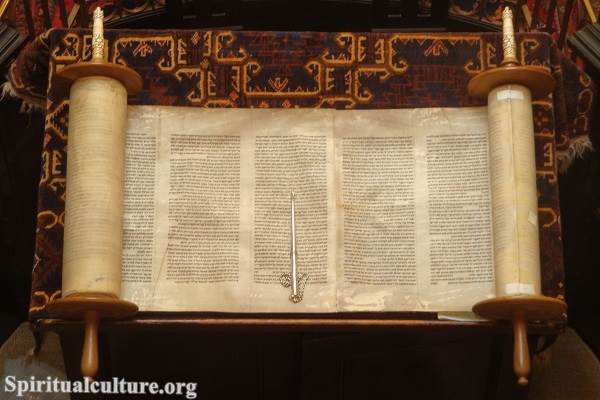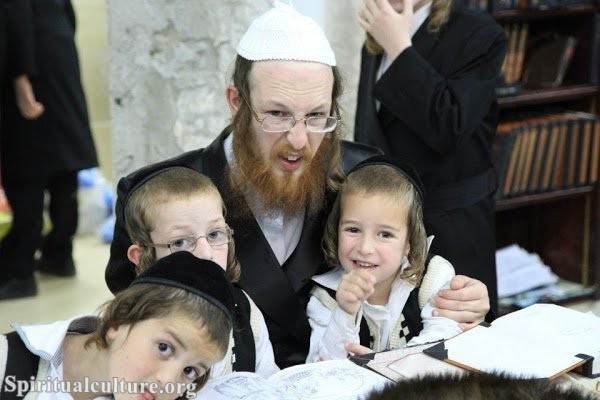In the depths of every human spirit lies a yearning for connection — not merely to each other, but to something greater, something eternal. In Jewish tradition, this yearning finds powerful expression in the concept of the minyan, a gathering of ten Jewish adults (traditionally men, though many communities now include women) required for certain communal prayers and religious obligations.
As “Spiritual Culture,” we invite you to explore this practice beyond the surface. Why must ten come together? What spiritual and cultural wisdom does this ancient requirement reveal about our shared humanity and the nature of holiness itself? In this article, we unfold the roots, meaning, and transformative potential of the minyan.
The Origin of the Minyan in Jewish Law
Biblical hints and rabbinic derivation
The requirement for a minyan is not explicitly stated in the Torah but is derived through interpretation. A central source is Numbers 14:27, where God refers to the ten spies who gave a negative report as an “evil congregation.” From this, rabbis deduced that a “congregation” (edah) is defined as ten.
This symbolic reading laid the foundation for halachic (legal) rulings that established the minyan as the minimal communal unit for certain sacred acts.
Ten as a symbol of completeness
In Jewish mysticism, the number ten embodies wholeness and divine order. We see this in the Ten Commandments and in the ten sefirot (divine emanations) through which God reveals and sustains the universe. When ten come together, they form a complete spiritual vessel capable of attracting divine presence.
Prayers and Rituals That Require a Minyan
Communal prayers sanctifying God’s name
Certain key prayers can only be recited with a minyan, including:
- Kaddish, the sanctification prayer recited by mourners and the congregation
- Barekhu, the formal call to worship
- Repetition of the Amidah, which includes communal blessings and confessions
- Public Torah readings
These prayers transform personal devotion into communal sanctification (kiddush ha-Shem), affirming that some acts of holiness belong to the collective, not just the individual.
The Shekhinah’s special presence
The Talmud (Berakhot 6a) teaches that the Shekhinah (Divine Presence) dwells among ten gathered for sacred purpose. This is not merely a poetic image but a deeply held belief that communal prayer channels a unique spiritual energy unavailable to lone worship.
The Spiritual Significance of the Minyan
The minyan as a spiritual organism
A minyan symbolizes that each individual’s spiritual spark combines to form a living, breathing spiritual body. It embodies the teaching that we are meant to ascend not alone but together. In this, the minyan stands as a living testament to Jewish communal values (kehilla).
Shared vulnerability and mutual support
Prayer often uncovers our most fragile hopes and wounds. In a minyan, we expose these before others, creating a circle of shared vulnerability and strength. When mourners recite Kaddish, they are literally held by the presence of the community, embodying the idea that grief is not carried alone.
The Minyan in Contemporary Practice
Evolving inclusion
Traditionally, a minyan required ten adult Jewish men. Many Conservative, Reform, and Reconstructionist communities now include women equally, reflecting ongoing discussions about gender and sacred participation. This adaptation shows that the minyan, while ancient, remains alive and responsive to the needs of the community.
The challenge and beauty of gathering
In modern, mobile societies, forming a minyan can be challenging. Yet, this effort often deepens bonds, creating a living tapestry of mutual commitment. For many, the act of showing up for the minyan becomes an embodied expression of faith and belonging.
Sacred Texts Illuminating the Minyan
Numbers 14:27 — From disunity to sacred assembly
“How long shall I bear with this evil congregation, which murmur against me?” — Numbers 14:27
Ironically, a moment of disunity in the Torah becomes the root for defining a holy quorum. This transformation invites us to see how brokenness can be reshaped into sacred connection.
Psalm 22:4 — God enthroned upon collective praise
“Yet You are holy, enthroned on the praises of Israel.” — Psalm 22:4
Here, the idea that God is “enthroned” in communal praise highlights the spiritual potency of collective worship. A minyan becomes, symbolically, a living throne for the Divine.
The Minyan as a Universal Spiritual Principle
Echoes in other faith traditions
Though unique in form, the essence of the minyan resonates beyond Judaism:
- In Christianity, the ecclesia (assembly) emphasizes shared worship.
- In Buddhism, the sangha represents the community as an indispensable support for enlightenment.
- In Islam, communal prayers (especially on Fridays) demonstrate the power of unity before God.
These shared patterns remind us that the yearning for collective holiness is a universal chord woven into the human spirit.
Reflect and Reimagine
A minyan is not just a numerical requirement; it is a sacred reminder that our spiritual journey is both personal and profoundly communal. It teaches us that true sanctity is magnified when hearts gather, when voices unite, and when individual sparks merge into a collective flame.
Whether you stand among ten in a synagogue or find spiritual community elsewhere, consider who walks with you on your sacred path. Who lifts your spirit when it falters? Who celebrates your joy and holds your grief?
May you find — or help create — circles of presence that echo the ancient minyan: strong enough to hold vulnerability, wide enough to embrace all souls, and luminous enough to reflect the Divine.



